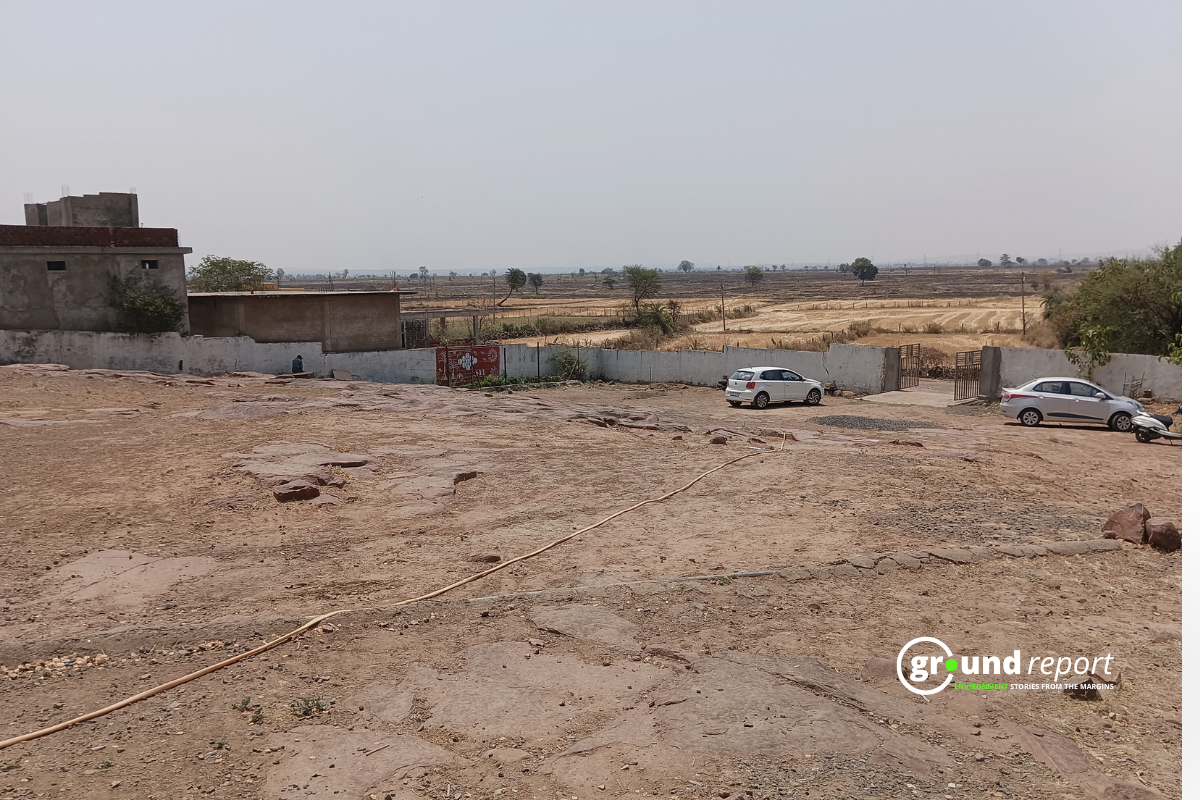In April 2024, East and North-East India experienced record-breaking minimum temperatures, surpassing records set over the past 123 years. The minimum temperature in these regions reached 22.19 degrees Celsius, marking a 1.78 degrees Celsius increase from the normal temperature.
Record-breaking minimum temperatures hit East, North-East India
According to the Meteorological Department, this is the highest temperature observed since 1901. Additionally, the maximum temperature exceeded normal levels by 2.25 degrees Celsius, making it the ninth hottest month recorded since 1901.
During a press conference held by the Indian Meteorological Department on May 1, 2024, it was revealed that April in the southern peninsula was the second hottest month on record since 1901.
Mrityunjay Mahapatra, the Director General of the department, highlighted that despite the absence of heat waves in Central India due to western disturbances, notable incidents of heat waves occurred in Odisha and West Bengal. A severe heatwave has been affecting Odisha since April 15 and West Bengal since April 17.
According to the Meteorological Department, most parts of the country are expected to experience above-normal maximum temperatures in May. However, normal or below-normal maximum temperatures are anticipated in certain regions of North-East India, North-West and Central India, as well as some parts of the Peninsula of India.
Temperature trends: Below normal in some, above normal in most
Regarding minimum temperatures, below-normal temperatures are forecasted for some areas of North-West India, the Indus-Gangetic plains, Central India, and most parts of North-East India. Conversely, above-normal minimum temperatures are expected in most parts of the country.
“One of the main reasons for such unusually high temperatures in pockets and certain states is El Nino and climate change,” said OP Sreejith. “Unfortunately, we have no data of heat deaths yet. Heat deaths are not recorded mainly because the person often dies of other complications such as organ failure. All we can say is that temperatures have been extreme.”
Typically, hot winds blow for about three days in May in the northern plains, central India, and adjacent areas of the peninsula of India. Due to rising temperatures, there’s a possibility of heatwaves lasting five to eight days in May in several areas including South Rajasthan, West Madhya Pradesh, Vidarbha, Marathwada, and Gujarat.
Moreover, parts of Rajasthan, East Madhya Pradesh, Punjab, Haryana, Chandigarh, Delhi, Uttar Pradesh, Chhattisgarh, interior parts of Odisha, West Bengal, Jharkhand, Bihar, North Interior Karnataka, Telangana, and parts of North Tamil Nadu, Andhra Pradesh may experience heatwave incidents lasting two to four days.
The Meteorological Department forecasts the average rainfall across the country in May to be between 91 to 109 per cent of the Long Period Average (LPA). Above-normal rainfall is expected in most areas of North-West India, Central India, the Peninsula, and some parts of North-East India. Conversely, below-normal rainfall is likely in the remaining parts of the country.
The Meteorological Department reports that El Nino conditions are currently present in the Equatorial Pacific, with slight deviations in sea surface temperatures across most parts of the region. However, forecasts from the Monsoon Mission Coupled Forecasting System (MMCFS) suggest that these El Nino conditions might shift to neutral as the monsoon season begins.
In addition to El Nino-Southern Oscillation (ENSO) conditions, other factors like Indian Ocean sea surface temperatures also impact India’s climate. Currently, the Indian Ocean is experiencing neutral Indian Ocean Dipole (IOD) conditions, as mentioned in a press conference by the weather department. Latest climate models indicate a likelihood of positive IOD conditions emerging during the monsoon season.
Keep Reading
Part 1: Cloudburst in Ganderbal’s Padabal village & unfulfilled promises
India braces for intense 2024 monsoon amid recent deadly weather trends
Support us to keep independent environmental journalism alive in India.
Follow Ground Report on X, Instagram and Facebook for environmental and underreported stories from the margins. Give us feedback on our email id greport2018@gmail.com.
Don’t forget to Subscribe to our weekly newsletter, Join our community on WhatsApp, and Follow our YouTube Channel for video stories.









